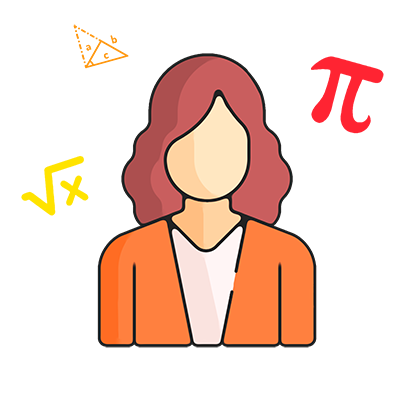Blocks for Young and Old
This material is suitable for both children and adults. Blocks are often the first construction toy children play with, using them to build towers, roads, and new buildings they imagine. In school, cube-based construction toys serve a useful purpose. Many geometric concepts are easier to teach children through blocks. A child begins by learning to build towers, and as they grow, they will understand which polyhedra or shapes make up the structure. While constructing with blocks, children explore geometric properties such as stability and compatibility between objects. Construction is not only an engaging and entertaining game, but also incredibly beneficial for developing skills like imaginative thinking, creativity, and speech.
When playing with children, we bring the constructions to life by building a house out of blocks and populating it with toy animals. Block-based construction toys pair well with other toys, and figurines from surprise toys like Kinder Surprise can be used to “animate” the characters.
Let’s explore some games suitable for children with visual impairments. These games help develop tactile sensitivity and hand motor skills.
Pyramid of Blocks

We teach counting with the children. The first row has five blocks, the second row has three, and the top row has one block. This enriches the child’s vocabulary with new terms like “pyramid” and “cube,” words rarely used in everyday life. Through play, children explore the world around them, and adults should encourage and stimulate the learning process.
We can build different models of animals, either real or imaginary, with the children. Children love not only observing objects but also experimenting with them. They disassemble and reassemble the blocks, like elements of a constructor, to create fantastical creatures. Often, a child creates a model already existing in their imagination. Children develop patience as they build their figures and experience a sense of accomplishment when the model is finished. Constructing encourages logical thinking and helps develop planning skills. The process of construction has two main elements: creating a design and executing it.
When a child constructs something, they first mentally visualize the final product. They must first imagine what they want, then figure out how to bring it to life. For instance, in the provided photo, the child built what they saw as two towers connected by a bridge, but it also represents a letter. Constructing with blocks opens up endless possibilities for a child’s imagination. A child who can turn their ideas into something tangible is unlocking their creative potential. Building with blocks offers wide opportunities for intellectual development, teaching planning, analysis, and problem-solving skills. Working with blocks also enhances fine motor skills and hand-eye coordination. Playing with blocks can be a form of meditation, beneficial for both children and adults.
Understanding the Physical World
Construction helps children expand their understanding of the physical world. Through play, we can explain to children what three-dimensional space is and the dimensions within it—length, width, and height. Construction improves children’s spatial orientation skills.
Constructing Convex and Non-Convex Polyhedra
Using blocks, children can easily grasp the difference between convex polyhedra and non-convex figures. A polyhedron is convex if all its parts lie on one side of any plane passing through its faces. Through play, children develop an understanding of space.
The primary task of the teacher when working with children is to foster motivation and a desire to learn new things.
